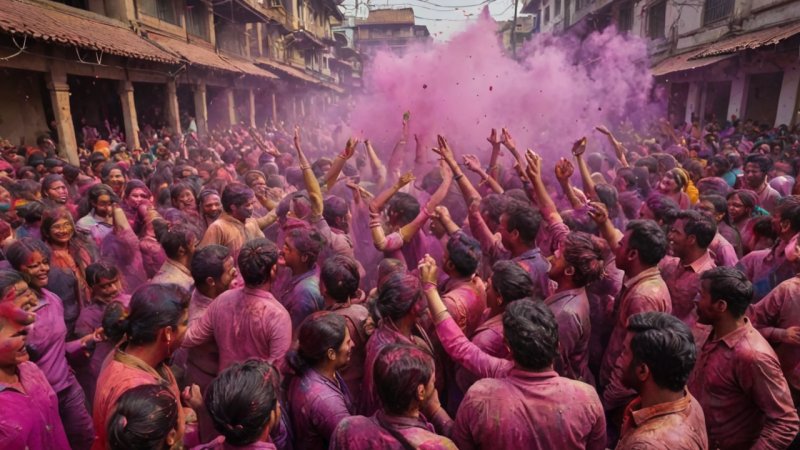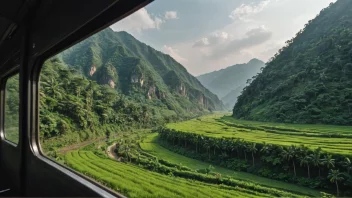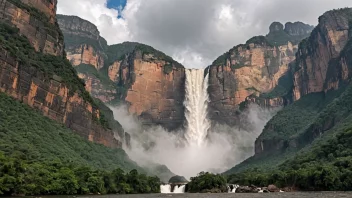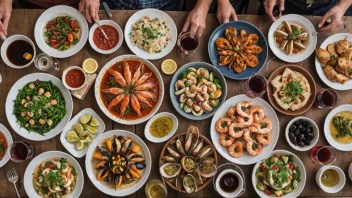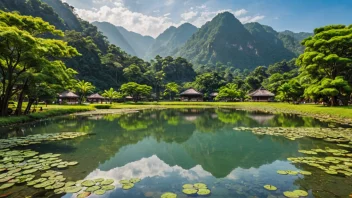The festival of Holi, often referred to as the 'Festival of Colors', is celebrated with great enthusiasm in both Nepal and India. Each country has its own unique traditions, rituals, and cultural significance associated with this vibrant festival. In this article, we will delve into the similarities and differences between the celebrations of Holi in Nepal and India, exploring the various aspects that make each experience special.
Historical Significance
In both Nepal and India, Holi marks the arrival of spring and the victory of good over evil. The festival is rooted in ancient Hindu mythology, notably the story of Prahlad and Holika. However, the specific legends and historical contexts differ slightly between the two countries.
- Nepal: In Nepal, the festival is often associated with the story of Lord Krishna, who is known for his playful nature and love for Radha. The festival is considered a time to forgive past grievances and renew relationships.
- India: In India, Holi is celebrated in various ways across different regions, with each state having its own unique customs. The festival is heavily linked to the legend of Holika and Prahlad, symbolizing the triumph of devotion over arrogance.
Cultural Practices
The way Holi is celebrated varies significantly between Nepal and India, showcasing their rich cultural diversity.
- Nepal: In Nepal, the festivities typically begin a few days before the actual day of Holi. People engage in a ritual known as 'Chir', where they plant a ceremonial pole decorated with colorful cloth and flowers. On the day of Holi, participants throw colored powders and water at each other, along with singing traditional songs and dancing.
- India: In India, the celebrations can last for several days. On the eve of Holi, large bonfires are lit to symbolize the burning of evil spirits. The following day is filled with music, dance, and the throwing of colored powders, with people often participating in street parties that last until nightfall.
Food and Drink
No festival is complete without its traditional delicacies, and Holi is no exception. The culinary offerings during this festival are a significant aspect of the celebrations.
- Nepal: In Nepal, people prepare special sweets known as 'Gujia', which are filled with a mixture of nuts and sugar. Additionally, a popular drink called 'Thandai', made from milk, spices, and sometimes infused with cannabis, is served during the festivities.
- India: Indian celebrations also feature a variety of sweets, with 'Gulab Jamun' and 'Jalebi' being particularly popular. The drink 'Bhang Thandai' is also a traditional part of the celebrations, made with a mix of milk, nuts, and cannabis, which is believed to enhance the festive spirit.
Community Involvement
Holi is a festival that emphasizes community and togetherness. The level of participation and communal activities differs between the two countries.
- Nepal: In Nepal, Holi is celebrated more as a local community affair, where neighborhoods come together to celebrate. The atmosphere is generally more intimate, with families and friends gathering in homes and public spaces to partake in the festivities.
- India: In contrast, Holi in India often takes on a more exuberant and larger-scale approach. Major cities host massive public celebrations, attracting tourists and locals alike. The streets become a canvas of colors, where people from all walks of life come together to enjoy the festivities.
Tourism and Global Influence
The global reach and influence of Holi have grown significantly, with celebrations being organized in various countries worldwide. However, the essence of the festival remains deeply rooted in the cultures of Nepal and India.
- Nepal: Holi is becoming increasingly popular among tourists in Nepal, with many travelers coming to experience the local customs and traditions firsthand. The festival is often featured in travel itineraries, providing an authentic glimpse into Nepali culture.
- India: Holi in India has garnered international attention, with many cities organizing grand events to attract tourists. The festival is now celebrated in various parts of the world, including the United States and Canada, where Indian communities come together to celebrate their heritage.
Environmental Considerations
As the celebrations of Holi continue to evolve, there is growing awareness regarding the environmental impact of the festival.
- Nepal: In recent years, there has been a push in Nepal to use eco-friendly colors derived from natural sources, promoting environmental sustainability during Holi celebrations. Many organizations are also involved in cleanliness drives following the festivities.
- India: While traditional colors made from synthetic materials are still popular in India, there is a rising trend toward using organic colors. Awareness campaigns are being launched to educate people about the harmful effects of chemical colors on health and the environment.
Conclusion
In summary, while Holi is celebrated with similar enthusiasm in both Nepal and India, the unique cultural practices, historical significance, culinary delights, community involvement, and environmental considerations set them apart. Whether you choose to experience the intimate community celebrations in Nepal or the grand festivities in India, both offer a vibrant and unforgettable experience. Ultimately, the joy of Holi transcends borders, celebrating the universal themes of love, forgiveness, and the arrival of spring.
